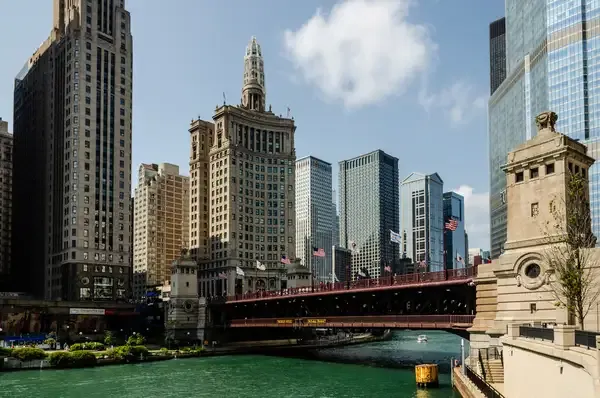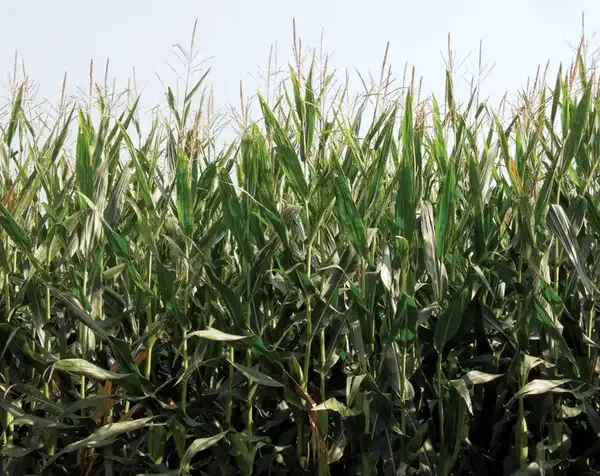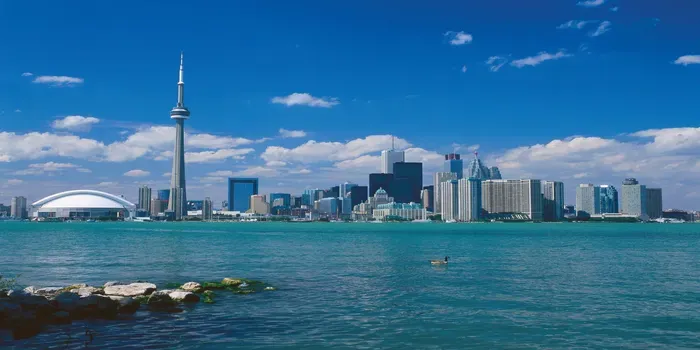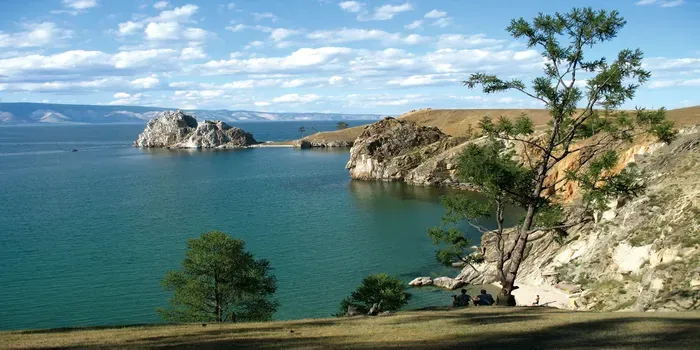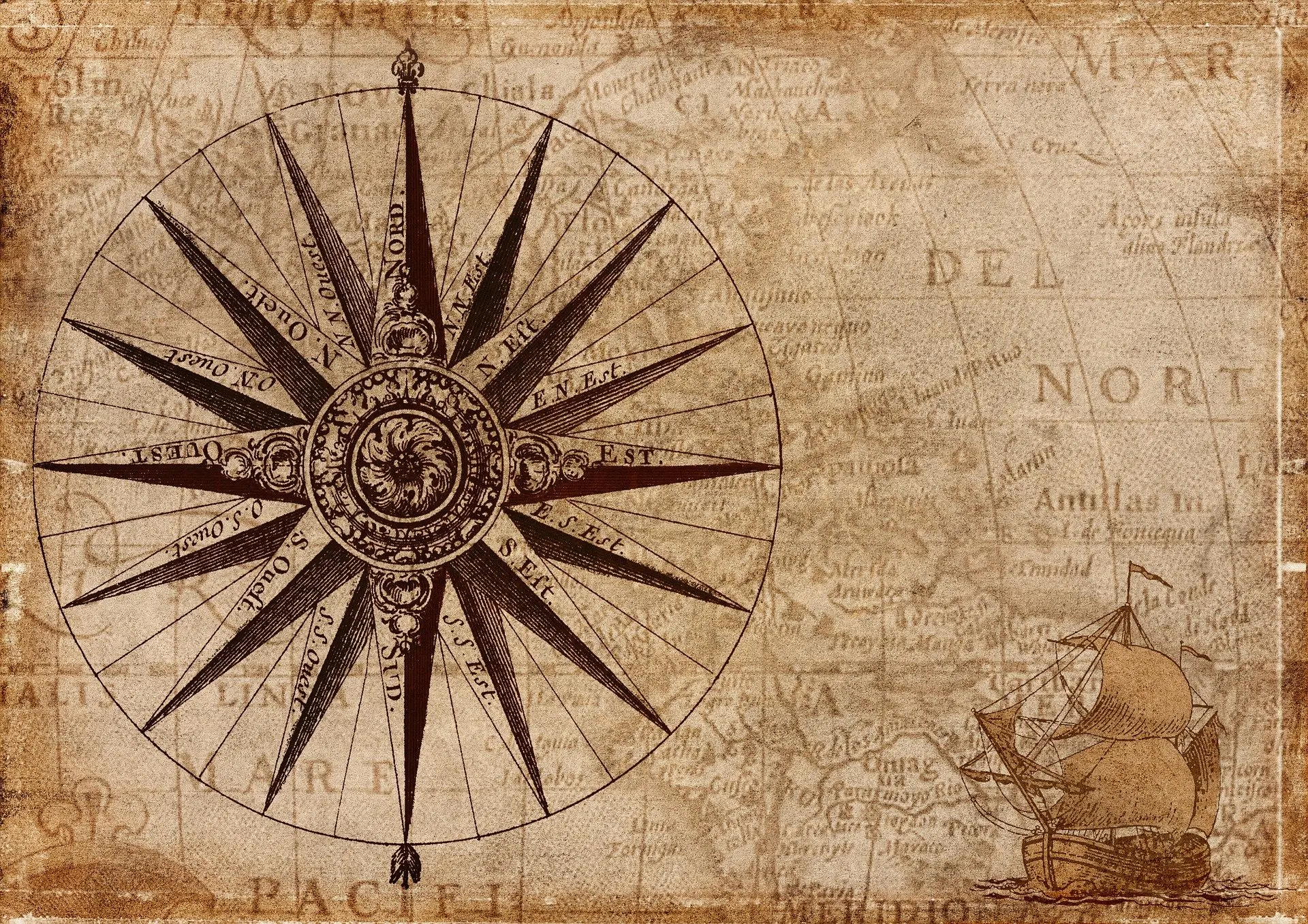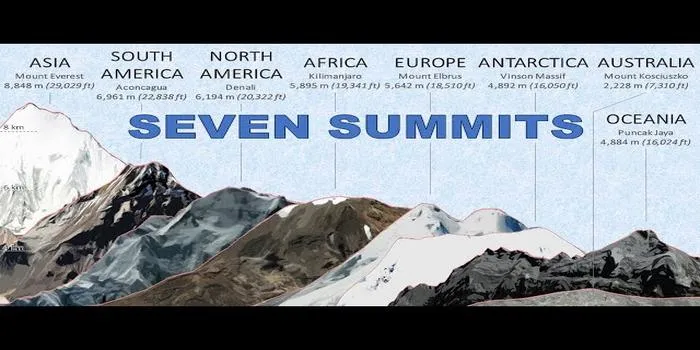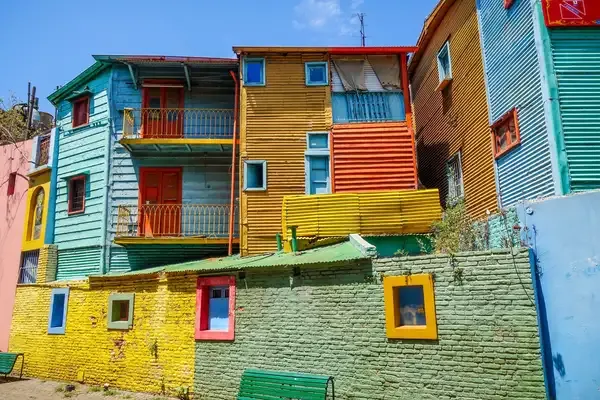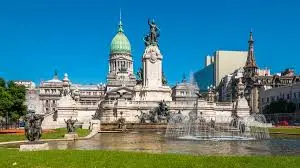Pop
Health
Geo
History
Science
Sport
Editor's Picks
Inside Taylor Swift’s Jaw-Dropping 18,653 Sq Ft NYC Penthouse
Step inside Taylor Swift’s stunning 18,653 sq ft NYC penthouse—an opulent, star-studded retreat filled with luxury, charm, and a touch of her signature style.
Epstein Accuser Virginia Giuffre’s Memoir Set to Release Months After Her Death
Virginia Giuffre’s memoir, detailing her experiences as an Epstein accuser, is set to release months after her death, promising an unflinching look at her journey and advocacy.
Alec and Hilaria Baldwin Recreate Steamy “Dirty Dancing” Scene — But Miss One Key Move
Alec and Hilaria Baldwin attempt the iconic Dirty Dancing lift at home, miss one key move, but charm fans with laughter, chemistry, and playful gestures.
SNL Shake-Up: Lorne Michaels Confirms Cast Changes Ahead of Season 51
Lorne Michaels confirms upcoming cast changes for SNL’s 51st season, teases the return of James Austin Johnson as Donald Trump, and sends fans into a frenzy with social media reactions, speculation about departures, and excitement over new talent joining the iconic sketch comedy show.
Norman Reedus’ Son Mingus Pleads Not Guilty After Assault Arrest: Fans React
Mingus Reedus, 25, son of Walking Dead star Norman Reedus and supermodel Helena Christensen, has pleaded not guilty to assault charges in Manhattan. Fans and social media are buzzing over the arrest, recalling his childhood red-carpet moments, fashion-forward style, and the shocking turn in the young star’s life.
Hollywood Mourns Loni Anderson: Cause of Death Revealed, Fans Remember the Glamorous Star
Hollywood is mourning the loss of Loni Anderson, the beloved star of WKRP in Cincinnati. The actress passed away at 79 from metastatic uterine leiomyosarcoma, just two days before her 80th birthday. Fans and celebrities alike are remembering her iconic roles, red-carpet glamour, signature style, and unforgettable charm that made her a true television legend.
Kate Middleton Stuns With Lightest Hair Yet During Scottish Outing — A Bold Royal Transformation
Kate Middleton stunned fans during a family outing in Scotland, debuting her lightest hair color yet. The Princess of Wales’ sun-kissed, caramel-toned locks added a youthful glow and modern twist to her signature elegance, sparking widespread admiration and excitement across social media for this bold royal transformation.
Katy Perry to Testify in Mansion Dispute on Daughter’s Birthday
Pop star Katy Perry is set to testify virtually on her daughter Daisy Dove’s birthday—August 26—in a high-profile legal matter over a $15 million Montecito mansion sale. The dispute involves claims of impaired judgment by the seller, and actor Chris Pratt will appear as a witness
Dakota Johnson Opens Up About Her "Weird" Friendship with Madonna
Dakota Johnson described her long-standing relationship with pop icon Madonna as a "weird friendship"—in a positive light. From childhood ties linked through her stepfather Antonio Banderas to cozy birthday snaps, their bond has evolved over time
Who Killed Tupac Shakur?
In the complex and controversial history of hip-hop, the murder of Tupac Shakur remains one of the most enigmatic and debated events. On September 7, 1996, Tupac was shot multiple times in a drive-by shooting in Las Vegas, Nevada, and died six days later. Despite numerous theories and investigations, the identity of the person responsible for his death remains officially unresolved.
9 Architectural Landmarks in Buenos Aires
Buenos Aires boasts a rich architectural heritage, blending European influences with local flair. The majestic Teatro Colón is renowned for its impeccable acoustics and opulent design. Casa Rosada, the presidential palace, captivates with its distinctive pink hue. The neoclassical Metropolitan Cathedral houses the tomb of General San Martín. Modern marvels like the Floralis Genérica, a massive metal flower sculpture, and the innovative Puente de la Mujer bridge showcase contemporary creativity. Historic neighborhoods like San Telmo and La Boca offer vibrant, colorful facades, while the grand Palacio Barolo and the ornate Palacio de Aguas Corrientes highlight the city's eclectic architectural diversity.
Are the Middle East and the Near East the Same Thing?
The terms "Middle East" and "Near East" are often used interchangeably, but they have distinct historical and geographical nuances. The "Near East" was a term used by European powers in the 19th century to describe the regions closest to Europe, including parts of Western Asia and the eastern Mediterranean. "Middle East" emerged later, encompassing a broader area that includes parts of North Africa and extends further into Asia. Over time, "Middle East" has become the more commonly used term in geopolitical contexts.







